By using this method, you’ll assume the most recently produced or purchased items were sold first, resulting in higher costs and lower profits, all while reducing your tax liability. LIFO is often used by gas and oil companies, retailers and car dealerships. But if your inventory costs are decreasing over time, using the LIFO method will mean counting the cheapest inventory first. Your Cost of Goods Sold would be lower and your net income will be higher. Your leftover inventory will be your oldest, more expensive stock meaning a higher inventory value on your balance sheet.
How to calculate FIFO
That’s $1,200 plus the second 40 that were produced at $50, totaling $2,000. At the craft fair, Sylvia’s Platters is a big hit and she sells 20 of the 30 platters she brought. Before she calls the craft show a big success, Sylvia wants to calculate her net income from the event. Under LIFO, each item you sell will increase bookkeeping and accounting services in colorado your Cost of Goods Sold (COGS) by the value of the most recent inventory you purchased. The value of your ending inventory is then calculated based on your oldest inventory.
Problems Related to the LIFO Method
Virtually any industry that faces rising costs can benefit from using LIFO cost accounting. For example, many supermarkets and pharmacies use LIFO cost accounting because almost every good they stock experiences inflation. Many convenience stores—especially those that carry fuel and tobacco—elect to use LIFO because the accounting software for mac costs of these products have risen substantially over time.
These financial relationships support our content but do not dictate our recommendations. Our editorial team independently evaluates products based on thousands of hours of research. Since LIFO expenses the newest costs, there is better matching on the income statement. The revenue from the sale of inventory is matched with the cost of the more recent inventory cost. Maybe you’ve got a wide catalogue of products or maybe you just have one that you want to stay on top of. Whatever level of insight you need, there’s an inventory management solution that has you covered.
But costs do change because, for many products, the price rises every year. Due to economic fluctuations and the risk that the cost of producing goods will rise over time, businesses using FIFO are considered more profitable – at least on paper. Companies that sell perishable products or units subject to obsolescence, such as food products or designer fashions, commonly follow the FIFO inventory valuation method.
Once you understand what FIFO is and what it means for your business, it’s crucial to learn how it works. Ng offered an example of FIFO using real numbers to show the formula in action. The opposite to LIFO is FIFO, which is when you assume you sell the oldest inventory first. This is the preferred method for most retailers due to the way it reflects how their operations actually work.
What is your current financial priority?
In fact, the very oldest inventory of books may stay in inventory forever and never be circulated. This is a common problem with the LIFO method once a business starts using it, in that the older inventory never gets onto shelves and sold. Depending on the business, the older products may eventually become outdated or obsolete. In a standard inflationary economy, newer goods have a higher price, so LIFO results in a higher cost of goods sold for the business.
- If a company uses a LIFO valuation when it files taxes, it must also use LIFO when it reports financial results to its shareholders, which lowers its net income.
- This can also be a negative for some companies, since lower reported profits may not be appealing to investors.
- If the United States were to ban LIFO, the country would clear an obstacle to adopting IFRS, thus streamlining accounting for global corporations.
- FreshBooks accounting software offers a helpful way to manage business inventory, track new orders, and organize expenses.
- Inventory valuation can be tedious if done by hand, though it’s essentially automated with the right POS system.
Therefore, we can see that the financial statements for COGS and inventory depend on the inventory valuation method used. As discussed below, it creates several implications on a company’s financial statements. If your inventory costs are increasing over time, using the LIFO method will mean counting the most expensive inventory first. Your Cost of Goods Sold would be higher and your net income will be lower. Your leftover inventory will be your oldest, cheapest stock, meaning a higher inventory value on your balance sheet.
This expense reduces their taxable income, helping businesses lower their tax bill. In most cases, LIFO will result in lower closing inventory and a larger COGS. FIFO differs in that it leads to a higher closing inventory and a smaller COGS.
